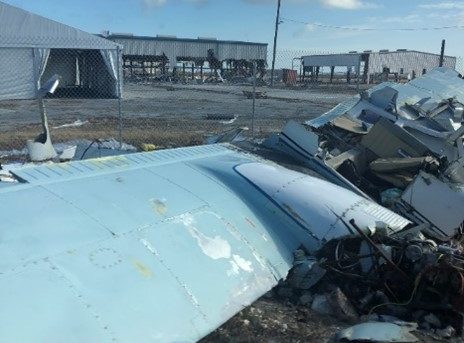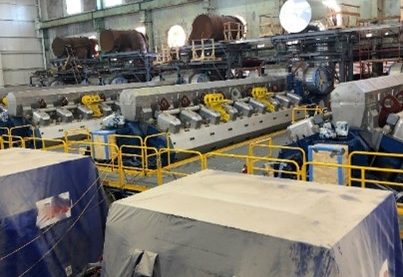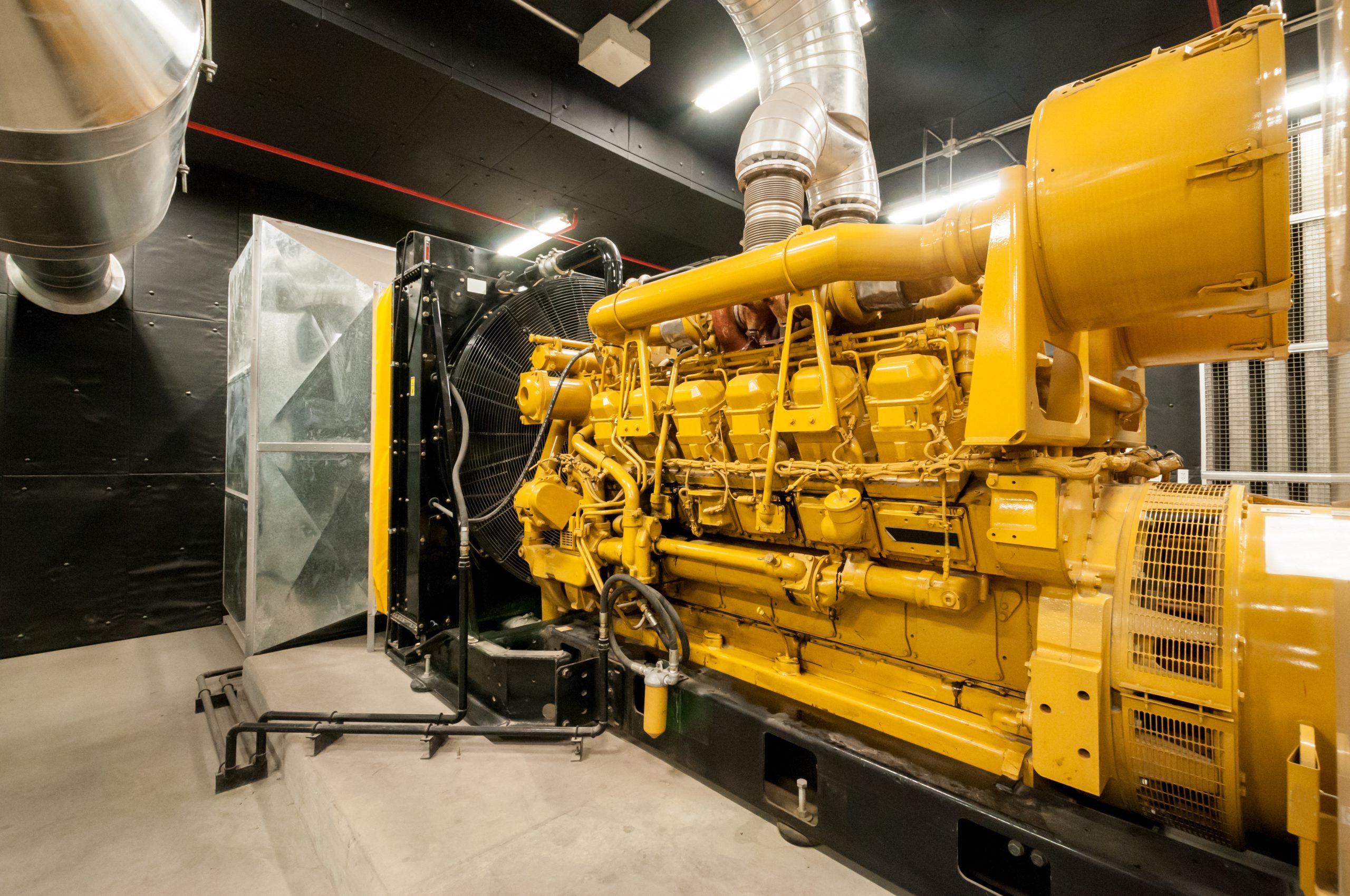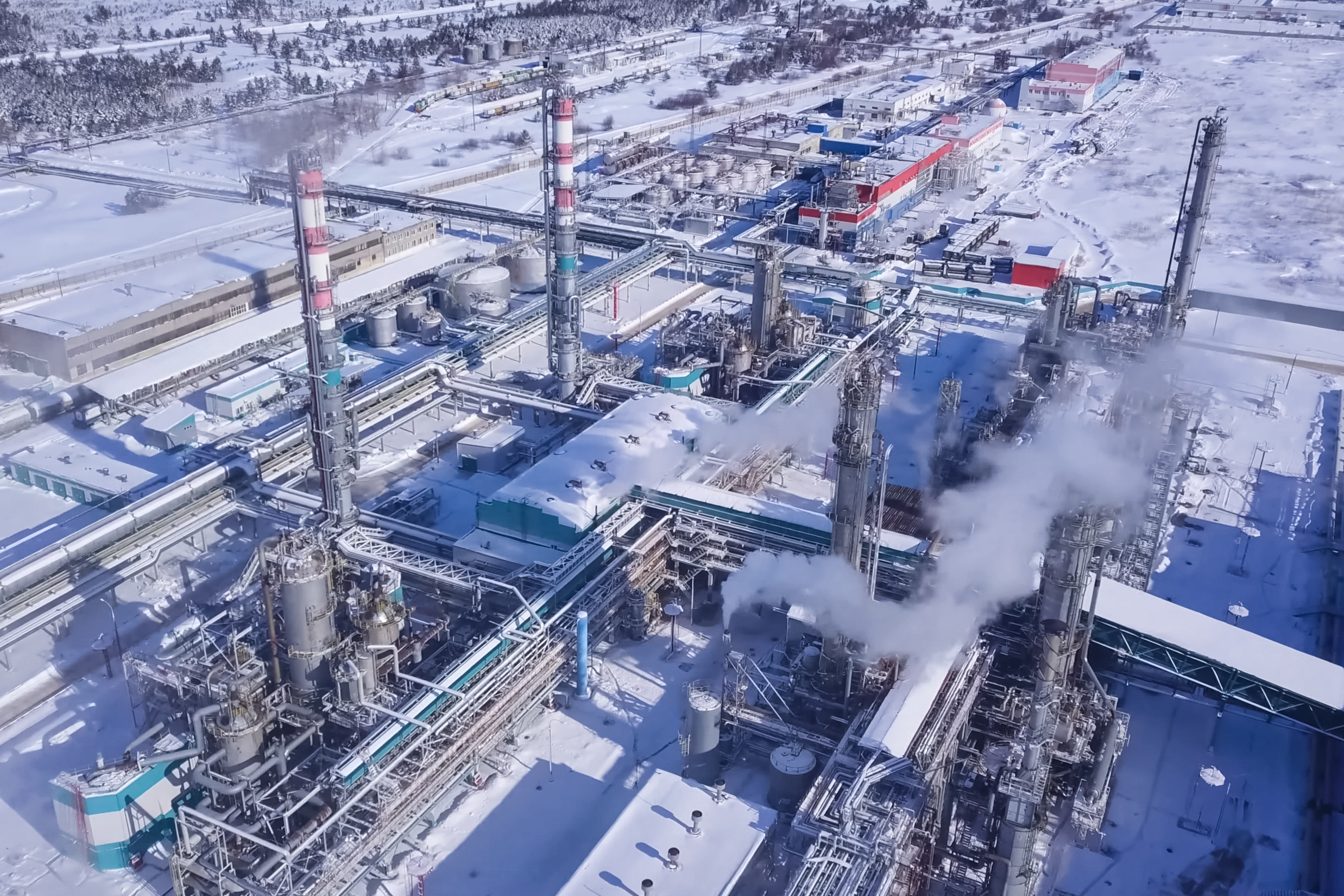Situation
Over the past several years, many catastrophic wide area events have impacted various island nations, creating challenges within our industry from a loss adjustment and measurement perspective. The below case study is an agglomeration of many recent catastrophic events involving several power generation business interruption losses that have been rolled into one for purposes of both anonymity and for ease of bringing to the forefront the adjusting challenges encountered throughout the engagements.


For purposes of this discussion, please assume the following:
- All substantive losses were deemed covered
- Our focus was on the power generation supply (generators) and direct impact to end-users (non-transmission)
- Policy in force (Gross Earnings) had the following points of note:
- Policy Limit of $80MM
- Increased Costs of Working & Extra Expense
- Contingent Business Interruption Coverage to customers
- Demolition Sublimit of $1MM
- Ordinary Payroll Limitation – 30 Days
- The market had retained the following experts:
- Adjusters
- Accountants
- Engineers
- Power Generation Consultants
- Building Consultants

Background of the Loss
Logistically, island nations have several unique issues post-loss in wide-area events such as hurricanes and typhoons. For example, many islanders evacuate prior to a loss, and shuttered runways and ports make it difficult to commence reinstatement efforts. Utilities, supply chains and communication lines can be damaged, and gauging the necessary response in the days following such an event is often difficult. Further, and as in this case, some island nations are not part of a grid system that requires them to augment generation shortfalls with smaller and/or temporary units (often as a normal course of business).
In August 2019, many islands suffered wide-area damage to businesses, homes, and infrastructure. We were retained to assist in the evaluation of a power generation loss involving an island that had suffered catastrophic wind damage to its power generation infrastructure (both power generation supply and transmission).
Once airports reopened, we were able to arrive on the island within 30 days of the loss to meet with the insured’s management team and ascertain the current operating conditions on the ground and the status of recovery efforts (from a financial perspective). According to the management team, 75% of the island’s generation capacity was down indefinitely because of storm-related damage, with an equal amount of the island’s transmission infrastructure impacted. It was forecasted that all but 10-15% of the transmission infrastructure would be restored within the month, but the damaged generators would not be returned to service for some time. This was due to the age of the technology and the lack of suppliers for parts. It was indicated that temporary units would service the shortfall in power generation until the primary units were repaired. Luckily, there were several temporary units already on-site and in place prior to the storm (and had been operating there for some time, so local staff could utilize them for planned outage purposes).
How MDD Helped
First, we requested the usual generation and financial data to understand the operating paradigm on-site just prior to the loss (and thereafter). Then we discussed the temporary units in place prior to the loss and how many more would be needed as reinstatement options. As it was, the temporary units were needed prior to the loss as the insured was experiencing significant maintenance issues with the existing base generation units and needed to maintain the temporary units in order to avoid rolling blackouts as they worked through the various maintenance issues. However, the current temporary units on the ground would not be sufficient to power the island as transmission capacity throughout the island was restored.
In discussions with both the insured and retained experts, it was indicated the island typically maintained an N-1 outage contingency (approximately) in order to maintain stable power to the island, but that this buffer would likely need to be increased to N-2 for purposes of the temporary units due to their higher maintenance frequencies.

In layman’s terms, the N factor operating models contemplate a scenario in which the utility will have sufficient capacity during peak demand if the largest generator in the system was unavailable (N-1) or if the two largest generators in the system are unavailable (N-2). Note, the largest generator out of service may be a transformer. This does not necessarily account for reductions in the rated capacity that may result from harsh operating environments.
The immediate challenge was locating sufficient capacity that could be shipped to the island to meet the coming demand as transmission capacity was returned to service without significantly over acquiring capacity that would not be needed. Based on initial reinstatement estimates, it was determined that capacity to meet spring demand (spring 2020) would be sufficient, as at least 50% of the capacity would be repaired by then. Accordingly, and to avoid any potential blackouts, it was determined that sufficient capacity to meet spring demand would be brought to the island by January 2020. In terms of staffing, the temporary unit suppliers would bring their own professionals to the island to support the units as needed (with a small constant presence throughout the engagement).
Reinstatement and Ongoing Issues
The Ongoing Adjustment
By December of 2019, the exchange of data between the adjustment team and the insured was slowing, and there was concern that the parts necessary for reinstatement had not been reordered. The island’s transmission system had largely returned to normal. However, there were lingering impacts as many of the utility’s primary customers were either still closed or not yet operating at pre-loss levels (contributing to ongoing business interruption losses). The power supply was stable with the assistance of the temporary units, but it was clear from site visits that the temporary generators brought to the island represented capacity well beyond that originally contemplated for a May reinstatement. This seemed to be an indication of things to come.
During this, a claim was made for a mothballed facet of the operation that had been out of service for years (and would likely never be returned to service). This is presented for informational purposes only, but it should be noted that this aspect of the claim was being made under the demolition sublimit.
Further, it was argued the ordinary payroll limitation was not applicable as ordinary labor did not decrease subsequent to the loss.
COVID-19 Arrives
By March of 2020, the world was beginning to slow as COVID-19 spread around the globe. This impacted the adjusting team’s ability to visit the site and further delayed the transmission of data between the various components of the adjustment process. In the coming weeks, it was clear the pandemic would significantly alter the ability of the insured to procure replacement parts for the damaged generators, which to this point, had not been firmly requisitioned.
Additionally, prior to the pandemic’s spread, some of the utility’s customers had elected not to rebuild (due to local business or political pressures), and they were also claiming the revenue losses associated with these entities. As summer 2020 neared, additional temporary capacity was obtained to maintain a stable power supply throughout the island. The adjustment process continued, and loss estimates were being finalized. However, the costs associated with the temporary units were accelerating at a rapid pace as additional units arrived on the island with their support personnel in advance of summer.
Resolution
Ultimately, replacement parts were ordered for a portion of the units. Still, it was determined that the claim would eventually exceed the policy limits due to the increased costs associated with obtaining these parts in the supply chain-challenged COVID-19 environment and the significant monthly costs associated with the temporary units.
This resolution (and the nature of same) avoided difficult discussions relative to periods of indemnity concerning the following:
- Customers who elected not to rebuild (CBI)
- Ordinary payroll limitations
- The reasonableness of the delays associated with ordering replacement parts
- The projected reinstatement period
- Necessary Extra Expense
Lessons Learnt
Commitment Reinstatement: While often discussed at length, proof of communications with 3rd party suppliers may need to be requested to confirm the process remains on schedule. Continued engineer and other relevant consultants’ involvement in the reinstatement process is critical. In this case, the utility repaired a portion of their existing units but also elected to replace one of the damaged units with a modern system. There were challenging delays as the insured often failed to respond directly to requests for support indicating the damaged components were on order. In this case, and as indicated above, this ultimately did not factor into the resolution of this loss.
Temporary Power Solutions: When evaluating the need for temporary generation support, consider robust options. In this case, we relied on multiple smaller units anticipating an earlier reinstatement. During the first quarter of the adjustment process, large units were considered but ultimately not utilized due to their upfront cost. However, over the length of this adjustment, this cost would have likely still resulted in a net savings vs. the smaller units.
Nameplate Capacity: Generator nameplate capacity is generally defined as the generator’s maximum output at full continuous power. This should not be confused with the capacity factor (maximum output to actual output), especially on smaller units operating in harsh operating environments. Even when utilizing an N-2 operating contingency (which is often based upon nameplate), this may need to be evaluated to account for operating conditions.
COVID-19 Plan: There was no COVID-19 plan, and one should not have been expected given the novel nuances of the COVID-19 pandemic (global restrictions on travel, work, etc.). The adjustment team, insurers, and insureds rapidly moved to evolving communication platforms, and as soon as time allowed, appropriate experts were allowed on site. This “lesson learned” likely applies to all industries and businesses as the modern world has evolved in such a manner that the initial challenges of potential future global events will likely prove less daunting.
Communication: In any loss evaluation, communication channels are critical to resolution. Despite weekly meetings, requested data lagged, and commitments to reinstate were difficult to obtain. This potentially resulted in increased extra expense and business interruption losses (and likely increased costs of replacement parts). One should insist on firm commitments for deliverables from periodic meeting opportunities.
Value-Added Tax (VAT): Many governments will suspend VAT on certain items in response to catastrophes. When analyzing property damage-related invoices, it is important to confirm that VAT taxes are only being charged on those goods and/or services for which VAT continues.
Conclusion
It’s important to note that the collection of losses on which the article is based are not examples of non-collaborative efforts but, instead, an example of most loss adjustments. Parties begin convergence at two separate points, both with ideas as to how the adjustment process will resolve itself. In losses with challenges such as these, the points (the insured’s representatives and the adjustment team) begin to come together via dialogue and information exchanges which often alter the path of the other. All the matters on which this is based on were resolved without litigation, mediation, or other third-party assistance.
The statements or comments contained within this article are based on the author’s own knowledge and experience and do not necessarily represent those of the firm, other partners, our clients, or other business partners.
CONTACT
CONTACT MDD
Our firm has over 80 years of experience working on assignments that span over 800 industries around the world.






 01 July, 2022
01 July, 2022



